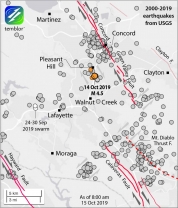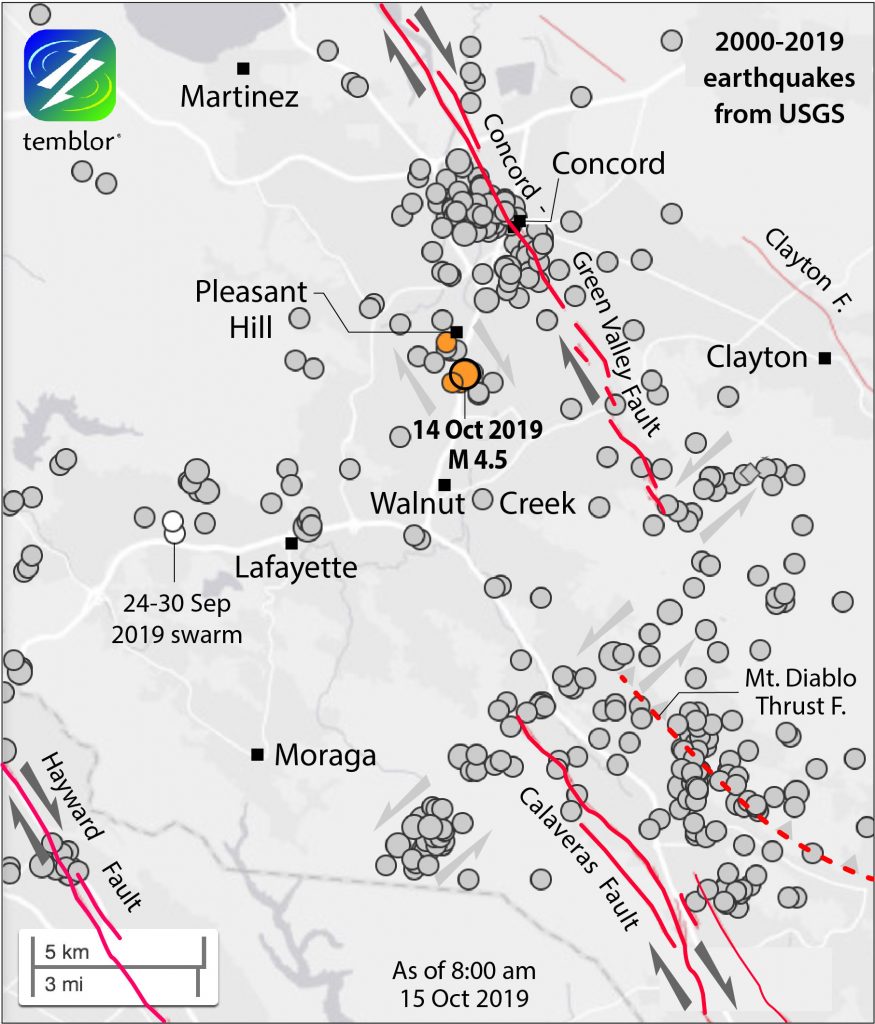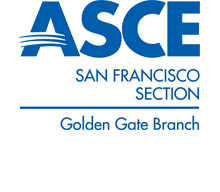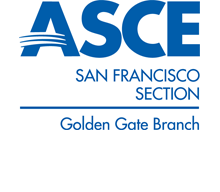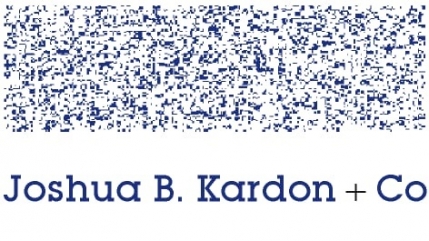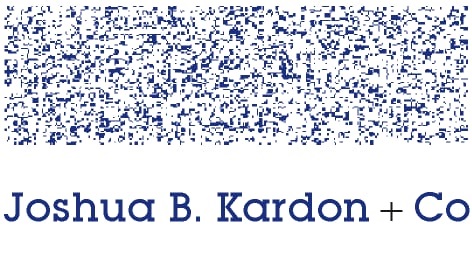February 4, 2011
Working with Architects: Bring the Engineer in Early – A Structural Engineer’s Perspective
(This piece I wrote appeared in the AIA East Bay (Oakland, CA) Newsletter of September, 2006.)
Architects know that structural engineering is only a portion of the work necessary for a successful project. By the terms of their licenses, California Architects have to know how to do the structural engineering of a project, and they can take responsibility for the structural engineering for any building except hospitals. However, because most building projects are complex, even (or especially) the small residential remodel projects, architects and owners turn to structural engineers to provide their professional services. Ideally, the involvement of a structural engineer results in more economical construction and better structural performance of a building. This is most likely to occur when the structural engineer is involved in the design process from the very beginning.
There are many pressures on a house design, each has to be balanced to provide desired utility, functionality, reliability, quality, and beauty. Architectural considerations affecting space, circulation, light and air have to accommodate structural engineering considerations affecting strength, stiffness, durability and economy. In most situations, optimization of one of the variables results in a necessary sub-optimization of another. A common example is the architectural need for a window that conflicts with the structural engineering need for a shear wall. In another example, the architectural design intent may be ideally achieved on an upper story floor plan without regard to the floor plan of the story below, resulting in discontinuities in the lateral and vertical load paths. The best solution takes all the competing pressures on the design and comes as close as possible to meeting all the diverse and competing demands.
Inclusion of the structural engineer early in the design development stage of a project can result in an initial layout of walls and openings that provides a rational and direct load path while at the same time fulfilling the architectural needs. A rational and direct load path translates directly into less expensive construction and better structural performance in an extreme environmental event.
When a project proceeds through architectural programming and design development without the input of a structural engineer, architectural decisions are made that may not take into account the structural consequences of those decisions. Then, when a structural engineer is brought into the project later for production of construction documents, the structural design may have to impart adequate structural performance by “working around” the architectural design solutions already in place. The structural elements required in such cases, like steel moment frames, complicated collector assemblies, and heavy beams to accommodate overturning loads, add to the construction cost.
Additionally, when an engineer has to rely on many such elements to provide an adequate structural system, the accusation of “over-engineering” is heard. This complaint is usually brought up by the Contractor who provided an initial construction cost estimate based on the early designs that did not benefit from the input of a structural engineer. When the construction documents are complete, incorporating all the “work arounds” that result from late structural engineering input, and the actual cost of construction is higher than the initial estimate, the design team is then blamed for the difference.
Early involvement of the structural engineer results in better project outcomes for the owner and for the architect.
